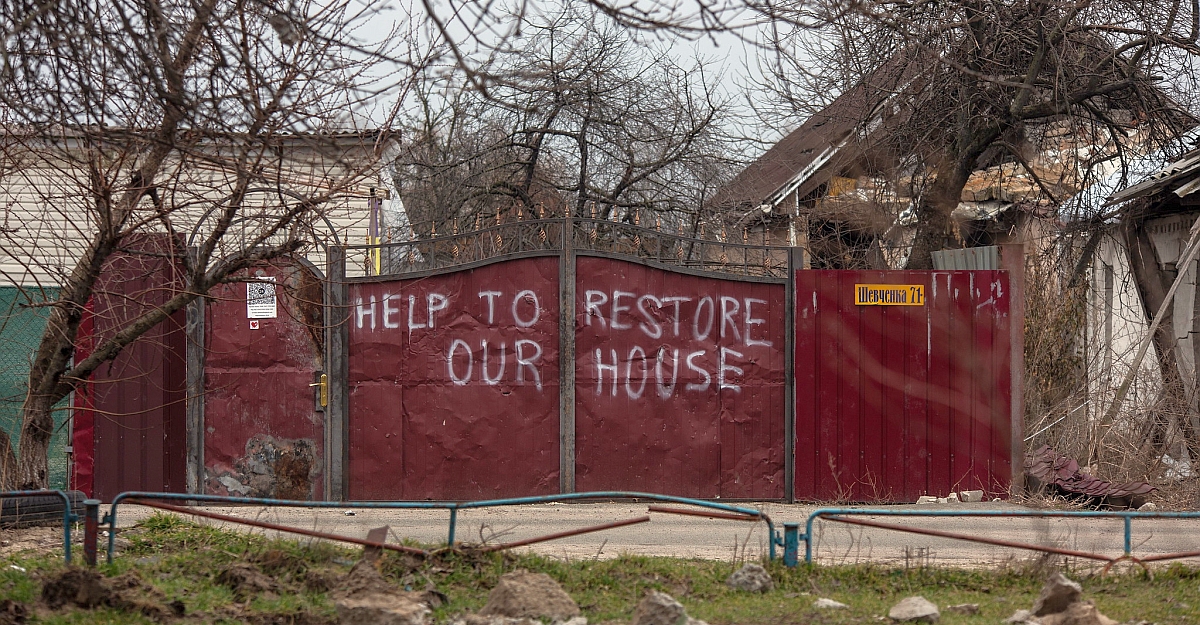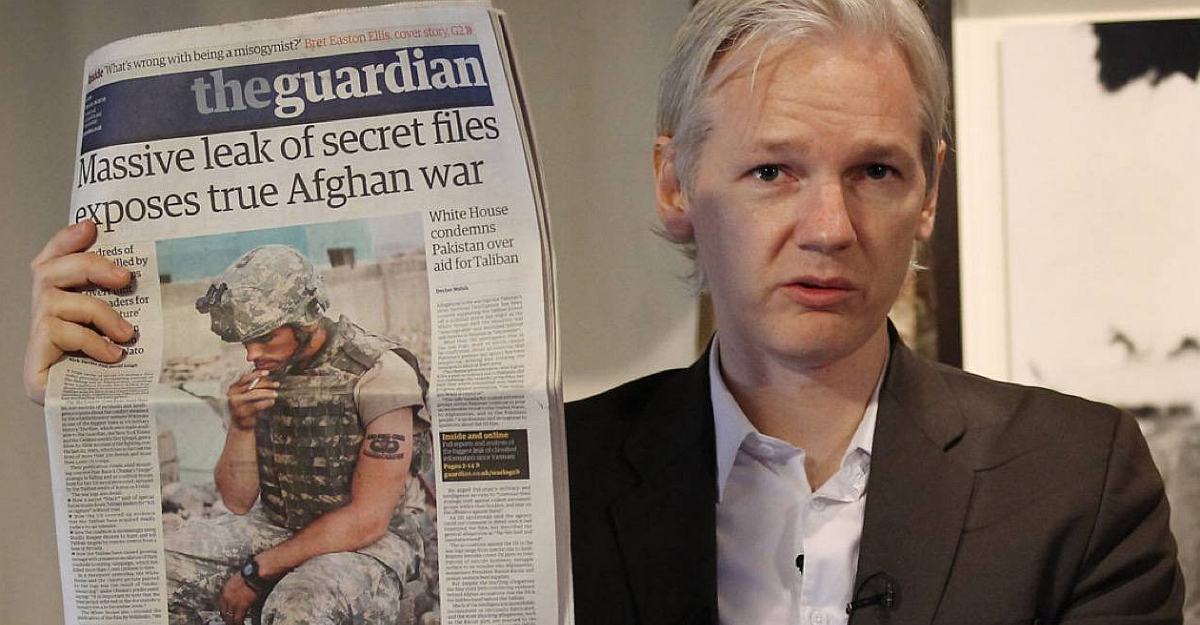Tomorrow, on Anzac Day, the Sir John Monash Centre at Villers-Bretonneux in Northern France will open to the public. A ‘captain’s pick’ of former prime minister Tony Abbott, the Centre – built at the site of the long-standing Australian National Memorial, and within a short distance of the recently refurbished Musée Franco-Australien – will be the culmination of Australia’s four-year-long First World War commemorations. Costing $100 million, the Centre, according to the Department of Veterans’ Affairs, is intended to ‘create a physical legacy’ by:
being an Australian reference point for visitors of all nationalities to the Western Front; explaining and educating visitors on Australia’s involvement and significant achievements on the Western Front; enhancing visitors’ understanding of Australia’s role and sacrifice on the Western Front battlefields; and outlining the impacts of the war on Australia and Australians.
Visitors can expect ‘an immersive multimedia journey’ and ‘an emotional first-hand connection to century old experience’. The Centre’s showpiece will be an ‘Immersive Gallery’ in which museumgoers ‘will be able to manipulate large scale 3D virtual objects such as tanks and artillery guns using gesture technology’.
All of this is costing five times as much as any museum built in France in recent memory. Moreover, the Centre arrives in the wider context of Australia’s overall Anzac centenary spend. The numbers are dumbfounding. Once corporate donations are factored in, Honest History’s David Stephens arrives at a figure of $700 million – around 3 ½ times more than is being spent by every other country that took part in the War combined. The disproportionateness of this figure is remarkable, and bears some analysis. For comparison, Canada, which suffered several thousand more casualties than Australia, is spending a mere $31 million on its commemorations – $465 per death as against our $11,290. Of the War’s eight million or so combat-related deaths, Australian losses account for less than one per cent. And while it is sometimes argued that Australia’s comparatively small pre-war population of under five million accounts for this discrepancy, we don’t rank especially highly in this regard. In fact, no fewer than fifteen countries, including New Zealand, the United Kingdom, France, and Germany (not to mention Serbia, the population of which was reduced by the War by around a quarter) suffered greater losses as a percentage of pre-war population than Australia.
And it is not just the First World War. In addition to the Monash Centre, further tens of millions of dollars are being pumped into initiatives, such as the Australian War Memorial, which includes histories of our involvement in the Iraq, Afghanistan and East Timor conflicts. Then there are the commemorative events, marking everything from the Vietnam War and the 75th anniversaries of the Fall of Singapore and completion of the Thai–Burma Railway to the battles at Lone Pine, Fromelles and Pozieres, Polygon Wood, Be’er Sheva and Le Hamel. (According to Richard Flanagan, the Australian government is spending $1.1 billion on war memorials between 2014 and 2028.) Meanwhile, the Anzac Centenary Fund, one of the initiatives announced as part of the Gillard government’s initial Anzac centenary spend of $140 million, has provided $4.7 million over four years (2014–2018) ‘to support the development, production, presentation, exhibition or performance of arts and culture projects that interpret, explore and contribute to the Anzac story and the Anzac legacy’ (one of these contributions is a $90,000 tapestry for the Monash Centre).
That these are opportunity costs is clear: every dollar of the $88 million the Department of Defence is contributing towards the Monash Centre is a dollar not spent on, say, bettering the material and mental lives of Australian veterans, 325 of whom suicided between 2001 and 2015 (almost six times as many as Australian Defence Force personnel have been killed in conflict since 2001). But Australia’s vast Anzac centenary spend contains another, more insidious cost. The more our political parties seek to fortify the Anzac mythology as the unchallengeable centre of the Australian national imaginary, wedging each other across ideological lines into increasingly lavish gestures of support, the more displaced become the alternative narratives that offer different, more desirable ways of knowing ourselves and where we have come from – ones that are grounded in the truth of our past, rather than the obscene fiction that to become a nation we had to make a blood sacrifice in somebody else’s war.
It is easy to forget now that the place of the Anzac story in the Australian ‘mythscape’, to borrow a useful term from the British historian Duncan Bell, has been in constant flux since Australians first learned of the Anzacs’ exploits through the aggrandising reportage of Charles Bean. Such stories, Bell notes, constitute ‘the temporally and spatially extended discursive realm in which the myths of the nation are forged, transmitted, negotiated, and reconstructed constantly’. The Anzac mythology, once seemingly in terminal decline as famously captured by Alan Seymour’s 1960 play The One Day of the Year, did not bounce back by accident. Rather, it was precisely rehabilitated by John ‘I am an Anzac Bradman Australian’ Howard and each of his prime ministerial successors, both Labor and Liberal, who have, since the 1990s, presided over resurgent crowds – chiefly of the young and middle-aged – at Anzac Day ceremonies across Europe. (It is not, I think, a coincidence that the man who reinstated Anzac as our foundation story was also the man who took us to war in Iraq – another lie, another empire we had no business propping up.) While Gallipoli has traditionally been the focal point of Anzac commemoration, Tony Abbott’s speech at Villers-Bretonneux in April 2015 announcing the Monash Centre augured a troubling shift: away from the ‘splendid failure’ of Gallipoli and towards the ‘terrible success’ of the Western Front. If Howard’s legacy was to relegitimise the Anzac story in the eyes of younger generations disillusioned by the war in Vietnam or simply tired of the official narrative, then Abbott’s may turn out to be its heroicisation.
In anthropology, ostension is the idea that a myth, as well as reflecting reality, also plays a role in shaping it, manifesting in real-life events that, in turn, strengthen the myth. At a time when Australia’s defence budget is set to increase by 80 per cent over ten years, we ought to be asking ourselves how a rejuvenated Anzac mythology, regrounded in an ostensibly victorious campaign, may influence our attitudes towards not just the wars of the past, but also the wars of the future. (I have no doubt, too, that the Anzac story works hand in hand with this country’s other, similarly deleterious nation-making fictions such as the doctrine of terra nullius, another favourite of Abbott’s.) The need for counter-narratives has never been greater and yet they appear to be thin on the ground.
The elegiac novels, memoirs, and poetry of British and European First World War soldiers have few parallels here. Our theatre, TV, and cinema, meanwhile, rarely produce a more compelling critique than a kind of generic anti-warism. Instead, we are inundated with ‘stories from the front’, designed, like the content of the Monash Centre, to provide emotive experiences that have little immediate effect other than to, in evermore luridly realistic and historically and politically decontextualised ways, reaffirm the banality that ‘war is hell’. In the meantime, the peace and anti-conscription movements of World War One and the Vietnam moratorium campaign, to take just two examples, go unheralded, while the Frontier Wars continue to be officially ignored even as, increasingly, Aboriginal and Torres Strait Islander diggers are acknowledged.
The irony is, as we elaborately recreate the experiences of soldiers in conflicts from which now few if any veterans survive, the nature of war is changing dramatically. Various accounts show that, while overall casualties and combat roles are trending downwards, the ratio of civilian to military deaths has risen sharply since the 1990s. If modern warfare has a distinctive experience at the level of the individual it is not that of the soldier making the ‘ultimate sacrifice’ for his country, it is that of an innocent civilian being shelled to death in their home, or raped, or killed by a poisoned water supply. As the United Nations’ Graça Machel has observed, ‘armed conflict kills and maims more children than soldiers’.
If there is a further irony to our renewed veneration of the Anzacs, it is in the twinned claims of conservative politicians and commentators who, on the one hand, assert that the diggers who lost their lives on the Western Front died ‘protecting our freedoms’ and, on the other, apparently hold the view that any dissension from the official narrative is punishable, as in the cases of SBS journalist Scott McIntyre and ABC presenter Yassmin Abdel-Magied, by sustained, vitriolic campaigns designed to silence them (McIntyre was sacked after an intervention by Prime Minister Malcolm Turnbull, while Abdel-Magied had her Australia Wide program cancelled, and was more or less ultimately hounded out of the country).
Things have come to a pretty pass when any view that challenges the official Anzac orthodoxy is deemed not merely objectionable but intolerable, its holders personae non gratae, and when even the mildest parliamentary scrutiny of $100 million war memorials leads to near-hysteria. A key tenet of the Anzac mythology is the idea that Australia, only recently federated, achieved its maturity as a nation on the battlefields of the First World War. And yet this country – one that has never been at civil war, nor invaded since white ‘settlement’ by a foreign power – is one that has yet to face up to the full dimensions of its history. Commemoration is always, paradoxically, a form of forgetting. It draws a veil over what we would rather not see, over the internal contradictions we would rather not attempt to reconcile, changing how we view not only the past, but also the present and the future too. As Richard Flanagan noted in his recent National Press Club speech:
… the Monash Centre, for all its good intentions, for all the honour it does the dead, is at heart a centre for forgetting. It leads us to forget that the 62,000 young men who died in world war one died far from their country in service of one distant empire fighting other distant empires. It leads us to forget that not one of those deaths it commemorates was necessary. Not 62,000. Not even one.
‘Myths,’ Yuval Noah Harari writes in Sapiens, ‘are stronger than anyone could have imagined.’ But they also, he adds, ‘vanish once people stop believing in them.’ It is high time we stopped believing in the Anzac mythology, of which the Monash Centre is but the latest and most profligate – though almost certainly not the last – expression. A history liberated from untruth, and a future free from war, may yet depend on it.
Image: Paul Arps / flickr






